
I have personally done the Chadar Trek Ladakh over 6 times in the last 7 years. I first did this amazing trek on the Frozen Zanskar back in 2014 and ever since have been leading groups almost every year.
Needless to say, they’re a few things that take me back every year. I often refer to the Chadar Trek Ladakh as the 8th wonder of the world, the landscapes, the formation of the Ice & the people of Zanskar make it stunning year on year. Every time I have walked on the Chadar it has felt like a different trek. The majestic frozen waterfalls almost look as if they have been carefully handcrafted. The Zanskar river is like a living organism, changing from hour to hour, meandering through the majestic mountains of Ladakh. I have had many instances where the Chadar refroze overnight and even broke in the night after a hotter day. You may be walking on thick ice one day only to find it broken the day after.
To undertake the Chadar Trek Ladakh, one first needs to fly into the Leh airport at an altitude of 3250 metres (almost at 11,000 feet) and acclimatize to this altitude which is very important of any trekker.
The Leh district administration has now made it mandatory for all trekkers to do compulsory 3-day acclimatization which used to be 2 days till 2018. Post the acclimatization, each trekker needs to go through a mandatory medical check-up to be deemed fit for the trek. There’s also a bunch of other paperwork and fees that have been introduced, like – the compulsory insurance each trekker has to buy (which I personally feel is an eyewash, but can be debated) and also a fee for the district administration to keep the trail “clean” which also visibly is not happening. Having said that, to some extent I appreciate the move by the Leh district administration to at least take some steps towards the safety of trekkers & to keep the Chadar trek clean.
Once well acclimatized, the trekkers need to make their way along the frozen Zanskar to the point till where the road is built which is almost to a place called “Bakula” now. The Chadar trek officially begins from here and most trekkers end up going till a village called “Nerak “.The Chadar Trek is the only way to access this village in the winter. Amazingly there are almost a dozen families staying here, even though the harsh winter and they stock up on ration for 4-5 months to survive as there is no other way to ensure regular supplies. Being from a city, it’s amazing to see such a simple form of existence that exists in this village.
For the people of Zanskar, Chadar is a way of life in the winters. Quite often when you see trekkers struggling to reach their destination for the day, you would see a bunch of Zanskari men, women and young children gliding towards the road head to reach Leh and get supplies for their households. The entire crew and guides for all the trekking companies are people from Zanskar, In fact, as the famous Sherpa’s are to the mountains in Nepal, the “Zanskari’s “ ( people from Zanskar) are to the Chadar trek. They are absolutely necessary for the survival & comfort of any trekker going for the Chadar trek. They are a bunch of extremely hardworking people working tirelessly with bare hands and minimum warm layers in temperatures as extreme as -20 to -25 to ensure comfort & safety of the trekkers.

With all my experience on the Chadar Trek Ladakh, I am going to try and answer some basic questions:
1. How Difficult is the Chadar Trek Ladakh?
Well to put it simply, the walk is fairly easy. One approximately covers about 8-10 km’s every day on fairly flat terrain with hardly any major inclines unless the ice is broken at some section and you may have to climb a rock section to cross over to the other side. However, what makes the trek difficult is the extreme cold. The day temperatures are an average of -15 degrees and at night can drop to as low as -30C. No doubt the cold is biting and one really needs to prepare for this aspect, after all, camping in the outdoors in -30 isn’t the easiest task.
2. Can beginners do the Chadar Trek Ladakh?
Yes, I have taken a lot of beginners with me on the frozen Zanskar who are not really seasoned trekkers but want to experience the beauty of Chadar and walking on the almost transparent ice as this experience is available nowhere else in the world for such a long stretch. But the important thing for the beginners to remember is that one has to be prepared for the cold, rather extreme cold. Statistically, 1 out of 5 trekkers turns back on the Chadar trek in the first 2 days because of the cold. So if you layer up well and keep your fingers and toes warm, you would have a nice trek.
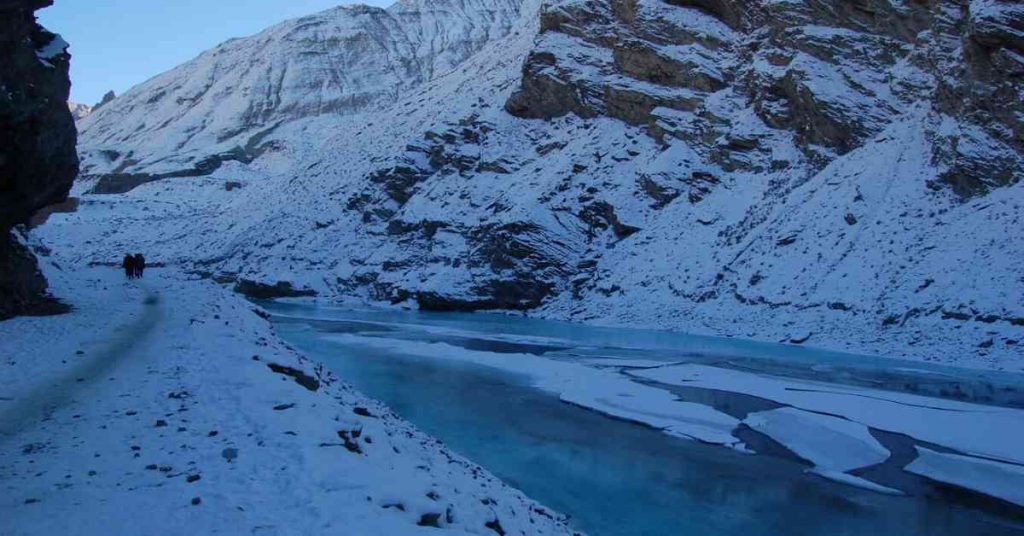
3. What are the stay arrangements on the Chadar Trek Ladakh?
With Adventure Pulse we put you up in a comfortable 4-star hotel in Leh with meals included as the Leh market usually closes by 5 pm in winter. While on the trek, we put you up in good quality tents on a double sharing basis and provide you with good mattresses and sleeping bags. We also set up a dining tent and separate bathroom tents for the basic comfort of all our trekkers. There are dedicated staff to help & maintain the camp at each campsite.
4. Why do we recommend the Chadar Trek as “must do “ for all nature lovers?
I have personally climbed and trekked across the world and have not come across anything like the frozen Zanskar anywhere else. Imagine walking on Ice as hard as concrete and transparent at some places with water flowing underneath your feet. Fast forward 6 months and the same river is popular for river rafting. Every few kilometres one would come across frozen waterfalls as if they are frozen in time. The walk is fairly simple and if one can cope up with the cold, it can undoubtedly become one of the most memorable and beautiful treks one can do in India.
Got more questions on Chadar Trek Ladakh? Write to us on [email protected]

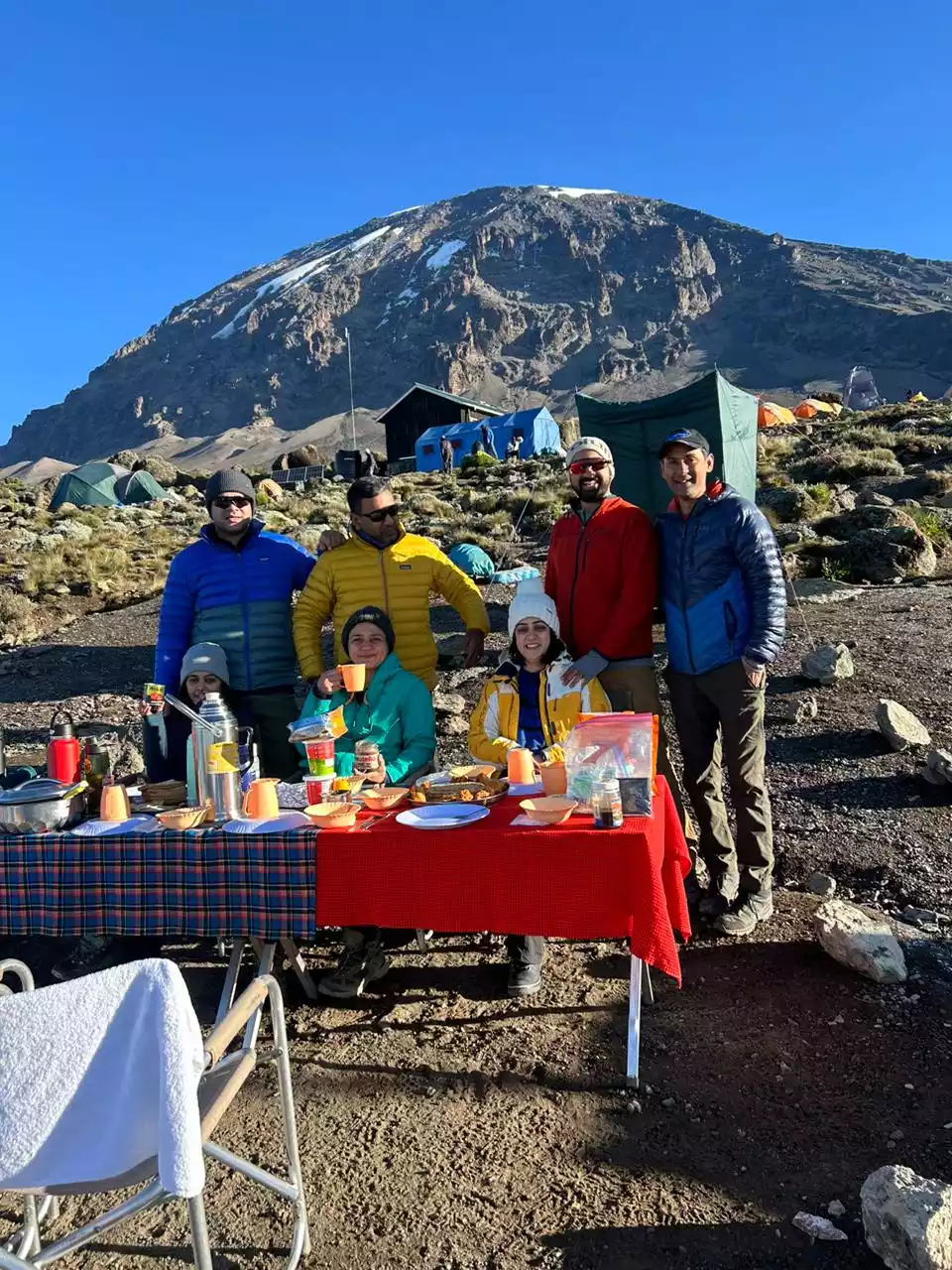

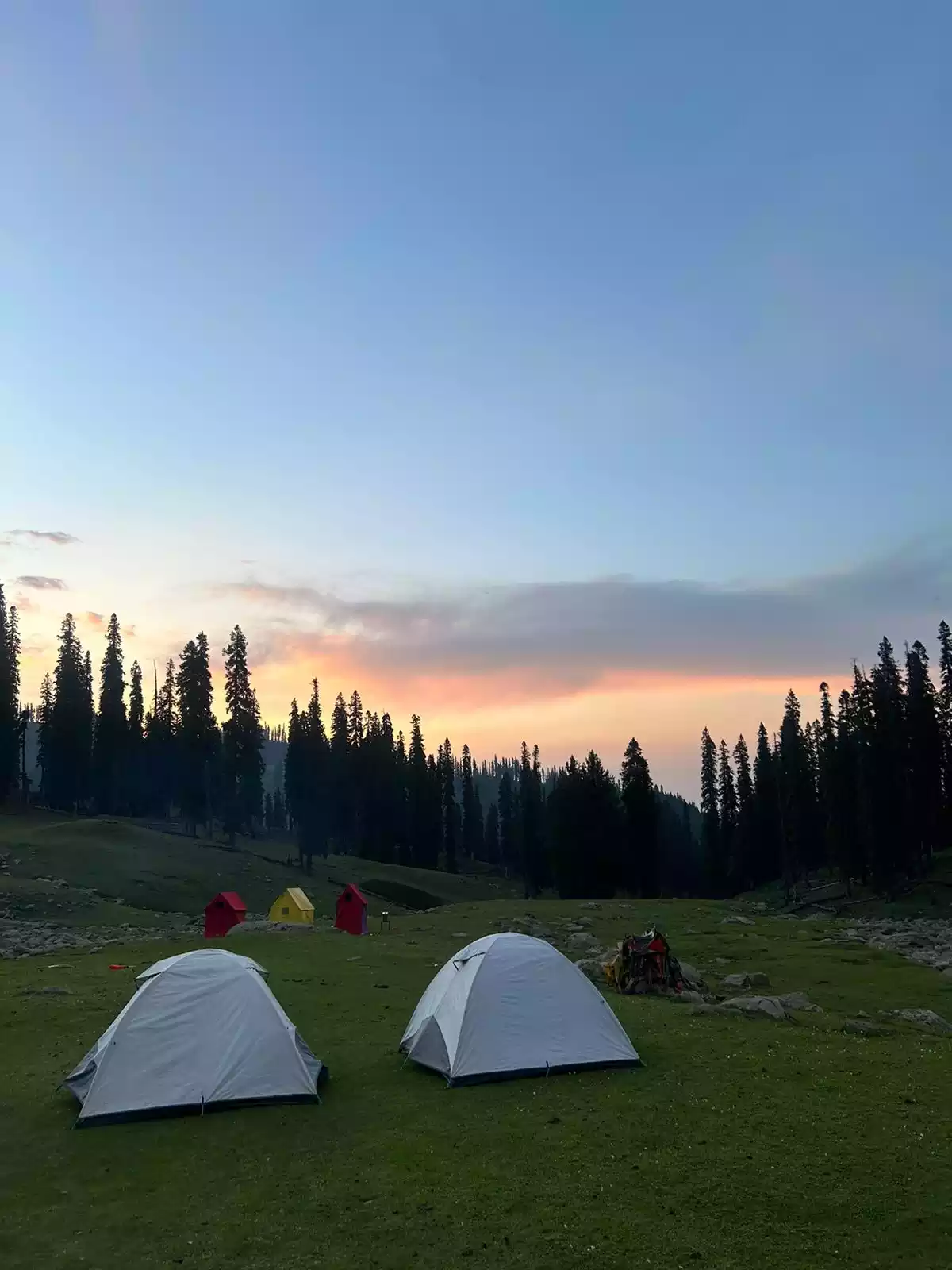
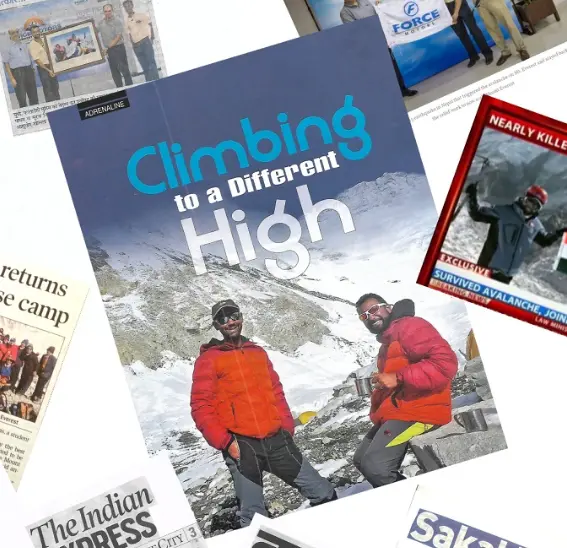
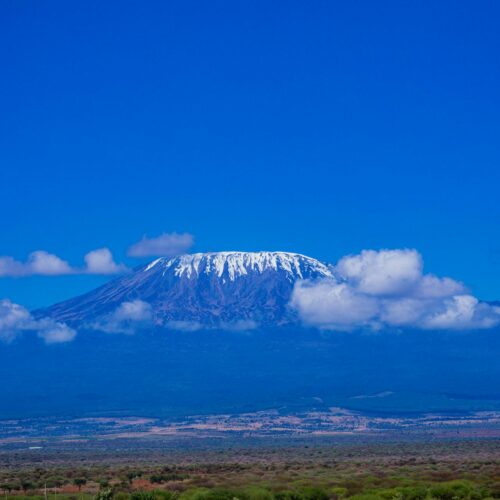



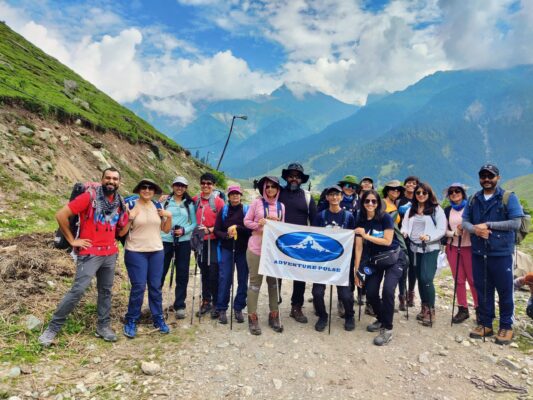
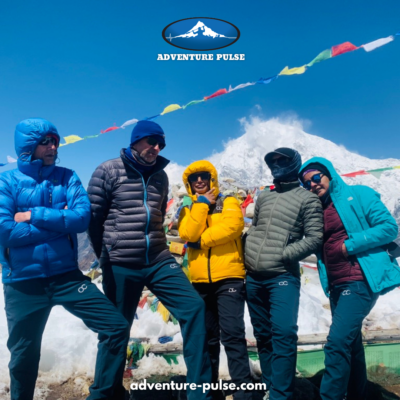
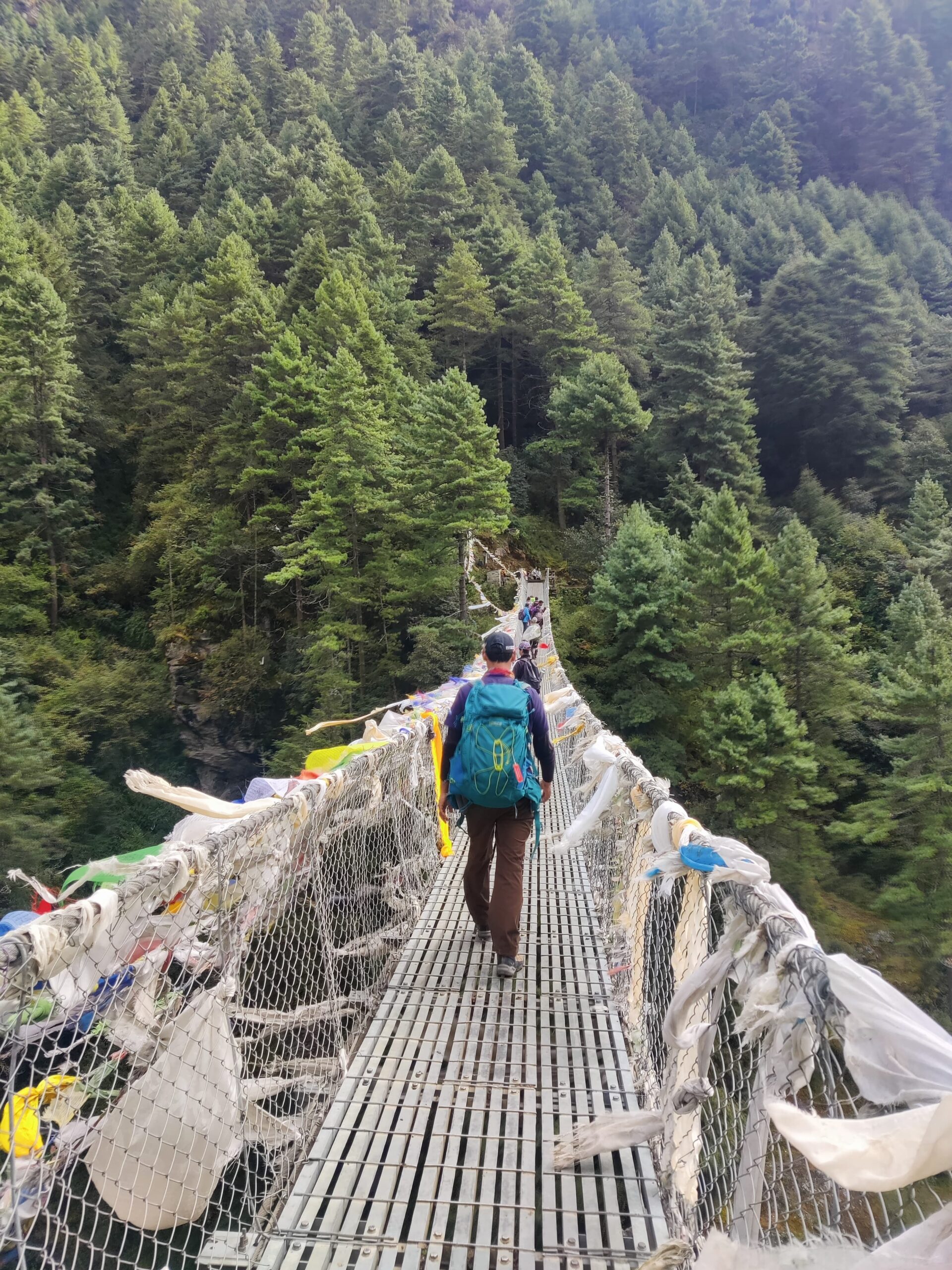
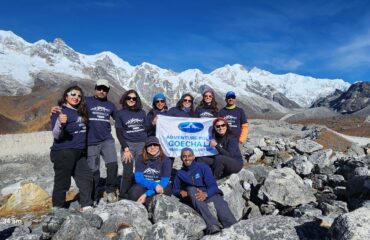
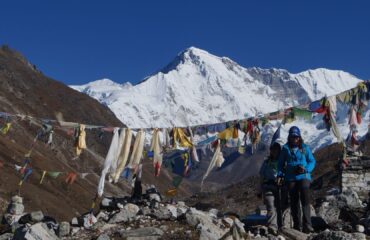
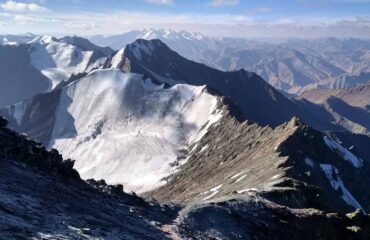
Very nicely explained in detail & feeling like coming to chadar trek.